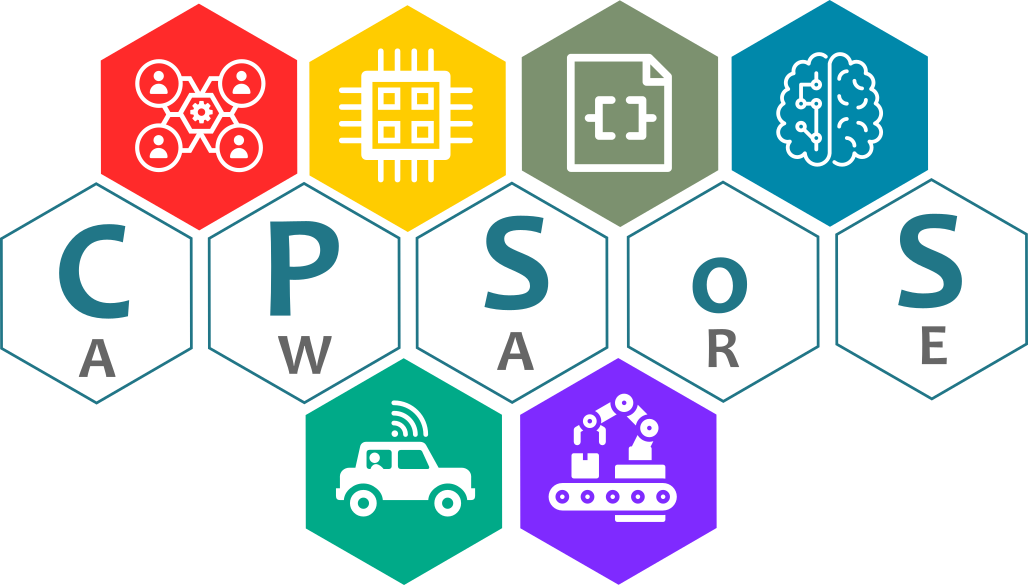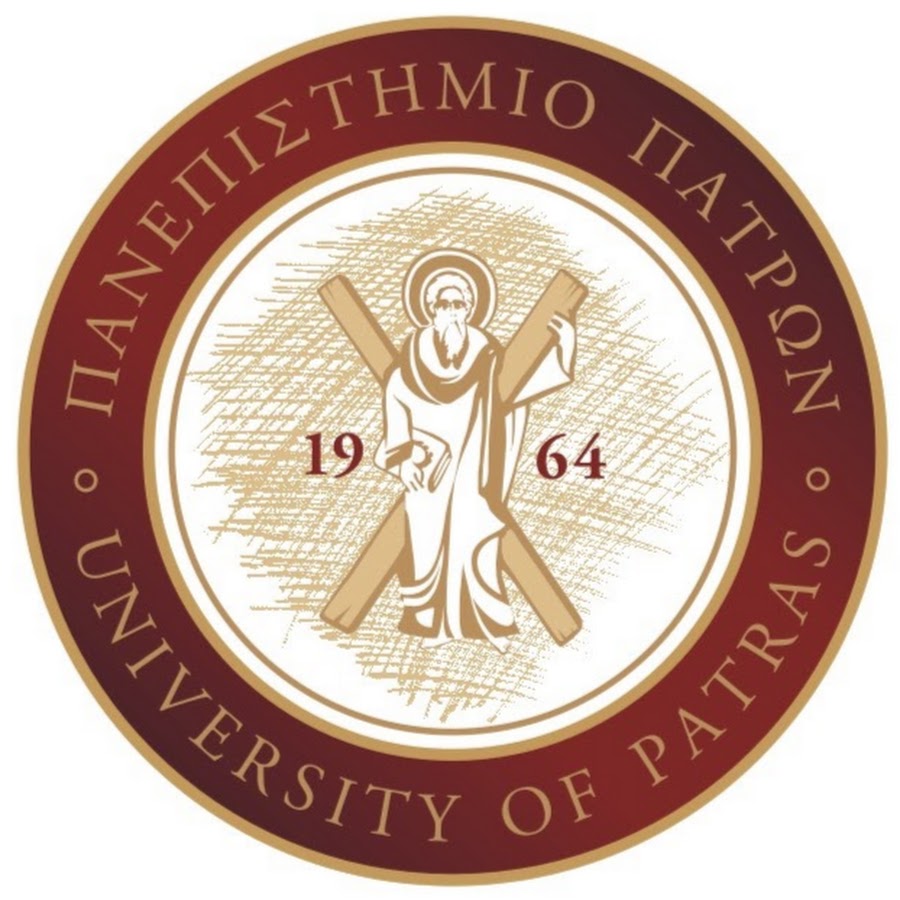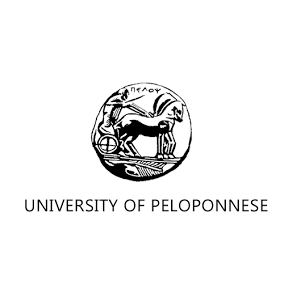MULTIMEDIA INFORMATION PROCESSING SYSTEMS GROUP
The Multimedia Information Processing Systems Group was established in 2019 as a part of the Industrial Systems Institute of Athena Research Center. The group has active presence in signal processing and learning (adaptive filtering, numerical linear algebra in signal processing, sparse modeling and optimization, signal processing on graphs, accelerated deep learning), multimedia analysis and multimedia communications (3D/4D compression, denoising, completion, saliency map extraction, scalable rendering) interactive media (gesture identification, interaction in virtual environments, multimodal interaction)
MULTIMODAL FUSION ON KITTI
MULTIMODAL FUSION ON CARLA
CARLA ROS SIMULATOR
Publications (ITS)
[1] N. Piperigkos and A. S. Lalos, “Impact of False Data Injection attacks on Decentralized Electric Vehicle Charging Protocols,” Transp. Res. Procedia, vol. 52, pp. 331–338, 2021.
[2] S. Nousias, E. V. Pikoulis, C. Mavrokefalidis, and A. S. Lalos, “Accelerating deep neural networks for efficient scene understanding in automotive cyber-physical systems,” in Proceedings – 2021 4th IEEE International Conference on Industrial Cyber-Physical Systems, ICPS 2021, 2021, pp. 63–69.
[3] C. Vitale et al., “CARAMEL: results on a secure architecture for connected and autonomous vehicles detecting GPS spoofing attacks,” Eurasip J. Wirel. Commun. Netw., vol. 2021, no. 1, pp. 1–28, 2021.
[4] N. Piperigkos, A. S. Lalos, S. Member, K. Berberidis, and S. Member, “Graph Laplacian Diffusion Localization of Connected and Automated Vehicles,” Intell. Transp. Syst., no. Cll, pp. 1–14, 2021.
[5] N. Piperigkos, A. S. Lalos, and K. Berberidis, “Graph Laplacian extended Kalman filter for connected and automated vehicles localization,” in Proceedings – 2021 4th IEEE International Conference on Industrial Cyber-Physical Systems, ICPS 2021, 2021, pp. 328–333.
[6] N. Piperigkos and A. S. Lalos, “Impact of False Data Injection attacks on Decentralized Electric Vehicle Charging Protocols,” Transp. Res. Procedia, vol. 52, pp. 331–338, 2021.
[7] S. Nousias, N. Piperigkos, G. Arvanitis, A. Fournaris, A. S. Lalos, and K. Moustakas, “Empowering cyberphysical systems of systems with intelligence,” arXiv Prepr. arXiv2107.02264, 2021.
[8] G. Arvanitis, A. S. Lalos, and K. Moustakas, “Robust and Fast 3-D Saliency Mapping for Industrial Modeling Applications,” IEEE Trans. Ind. Informatics, vol. 17, no. 2, pp. 1307–1317, 2021.
[9] S. Nousias, G. Arvanitis, A. S. Lalos, and K. Moustakas, “Fast Mesh Denoising with Data Driven Normal Filtering Using Deep Variational Autoencoders,” IEEE Trans. Ind. Informatics, vol. 17, no. 2, pp. 980–990, 2021.
[10] G. Keramidas et al., “CPSoSaware: Cross-layer cognitive optimization tools methods for the lifecycle support of dependable CPSoS,” in Proceedings of IEEE Computer Society Annual Symposium on VLSI, ISVLSI, 2020, vol. 2020-July, pp. 470–475.
[11] C. Kyrkou et al., “Towards artificial-intelligence-based cybersecurity for robustifying automated driving systems against camera sensor attacks,” in Proceedings of IEEE Computer Society Annual Symposium on VLSI, ISVLSI, 2020, vol. 2020-July, pp. 476–481.
[12] N. Piperigkos, A. S. Lalos, K. Berberidis, and C. Anagnostopoulos, “Cooperative multi-modal localization in connected and autonomous vehicles,” in 2020 IEEE 3rd Connected and Automated Vehicles Symposium, CAVS 2020 – Proceedings, 2020.
[13] N. Piperigkos, A. S. Lalos, and K. Berberidis, “Graph based Cooperative Localization for Connected and Semi-Autonomous Vehicles,” in IEEE International Workshop on Computer Aided Modeling and Design of Communication Links and Networks, CAMAD, 2020, vol. 2020-Septe, pp. 1–6.
[14] C. Kyrkou et al., “Towards artificial-intelligence-based cybersecurity for robustifying automated driving systems against camera sensor attacks,” in Proceedings of IEEE Computer Society Annual Symposium on VLSI, ISVLSI, 2020, vol. 2020-July, pp. 476–481.
[15] A. P. Fournaris, A. Lalos, P. Kapsalas, and C. Koulamas, “Decentralized, Secure and Cognitive Architecture for Automotive CyberPhysical System of Systems,” in 2020 9th Mediterranean Conference on Embedded Computing, MECO 2020, 2020.
[16] C. Vitale et al., “The CARAMEL Project: A secure architecture for connected and autonomous vehicles,” in 2020 European Conference on Networks and Communications, EuCNC 2020, 2020, pp. 133–138.
[17] N. Piperigkos, A. S. Lalos, K. Berberidis, C. Laoudias, and K. Moustakas, “5G enabled cooperative localization of connected and semi-autonomous vehicles via sparse laplacian processing,” in International Conference on Transparent Optical Networks, 2020, vol. 2020-July.
[18] N. Souli et al., “GNSS location verification in connected and autonomous vehicles using in-vehicle multimodal sensor data fusion,” in International Conference on Transparent Optical Networks, 2020, vol. 2020-July.
[19] A. P. Fournaris, A. Lalos, and C. Koulamas, “Reconfiguring the Functionality of IoT Edge/End nodes using FPGA based System on Chips,” in 2019 First International Conference on Societal Automation (SA), 2020, pp. 1–5.
[20] A. S. Lalos, E. Vlachos, K. Berberidis, A. P. Fournaris, and C. Koulamas, “Privacy Preservation in Industrial IoT via Fast Adaptive Correlation Matrix Completion,” IEEE Trans. Ind. Informatics, vol. 16, no. 12, pp. 7765–7773, 2020.
[21] E. Vasilis Pikoulis, C. Mavrokefalidis, and A. S. Lalos, “A New Clustering-Based Technique for the Acceleration of Deep Convolutional Networks,” in Proceedings – 19th IEEE International Conference on Machine Learning and Applications, ICMLA 2020, 2020, pp. 1432–1439.
[22] N. Stavros et al., “Gamification of EcoDriving Behaviours through Intelligent Management of Dynamic Car and Driver Information,” Eur. Proj. Sp., pp. 100–123, 2019.
[23] S. Nousias et al., “Exploiting Gamification to Improve Eco-driving Behaviour: The GamECAR Approach,” Electron. Notes Theor. Comput. Sci., vol. 343, pp. 103–116, 2019.
[24] N. Stavros et al., “Gamification of EcoDriving Behaviours through Intelligent Management of Dynamic Car and Driver Information,” pp. 100–123, 2019.
[25] C. Tselios et al., “Enhancing an eco-driving gamification platform through wearable and vehicle sensor data integration,” in Lecture Notes in Computer Science (including subseries Lecture Notes in Artificial Intelligence and Lecture Notes in Bioinformatics), 2019, vol. 11912 LNCS, pp. 344–349.
[26] A. Lalos, G. Arvanitis, E. Vlachos, and K. Moustakas, “Energy efficient transmission of 3D meshes over MM wave-based massive MIMO systems,” in Proceedings – IEEE International Conference on Multimedia and Expo, 2019, vol. 2019-July, pp. 1714–1719.
[27] G. Arvanitis, A. S. Lalos, and K. Moustakas, “Adaptive representation of dynamic 3D meshes for low-latency applications,” Comput. Aided Geom. Des., vol. 73, pp. 70–85, Aug. 2019.
[28] E. Vlachos and A. S. Lalos, “Enabling Extended Reality Applications over 5G Mobile Networks,” Ercim News, no. 117, pp. 30–31, 2019.
[29] A. P. Fournaris, A. Komninos, A. S. Lalos, A. P. Kalogeras, C. Koulamas, and D. Serpanos, “Design and Run-Time Aspects of Secure Cyber-Physical Systems,” in Security and Quality in Cyber-Physical Systems Engineering, Cham: Springer International Publishing, 2019, pp. 357–382.
[30] A. S. Lalos, A. P. Kalogeras, C. Koulamas, C. Tselios, C. Alexakos, and D. Serpanos, “Secure and Safe IIoT Systems via Machine and Deep Learning Approaches,” in Security and Quality in Cyber-Physical Systems Engineering, Cham: Springer International Publishing, 2019, pp. 443–470.
[31] S. Nousias et al., “Exploiting Gamification to Improve Eco-driving Behaviour: The GamECAR Approach,” Electron. Notes Theor. Comput. Sci., vol. 343, pp. 103–116, 2019.
[32] A. S. Lalos, G. Arvanitis, A. Spathis-Papadiotis, and K. Moustakas, “Feature Aware 3D Mesh Compression Using Robust Principal Component Analysis,” in Proceedings – IEEE International Conference on Multimedia and Expo, 2018, vol. 2018-July, pp. 1–6.

















